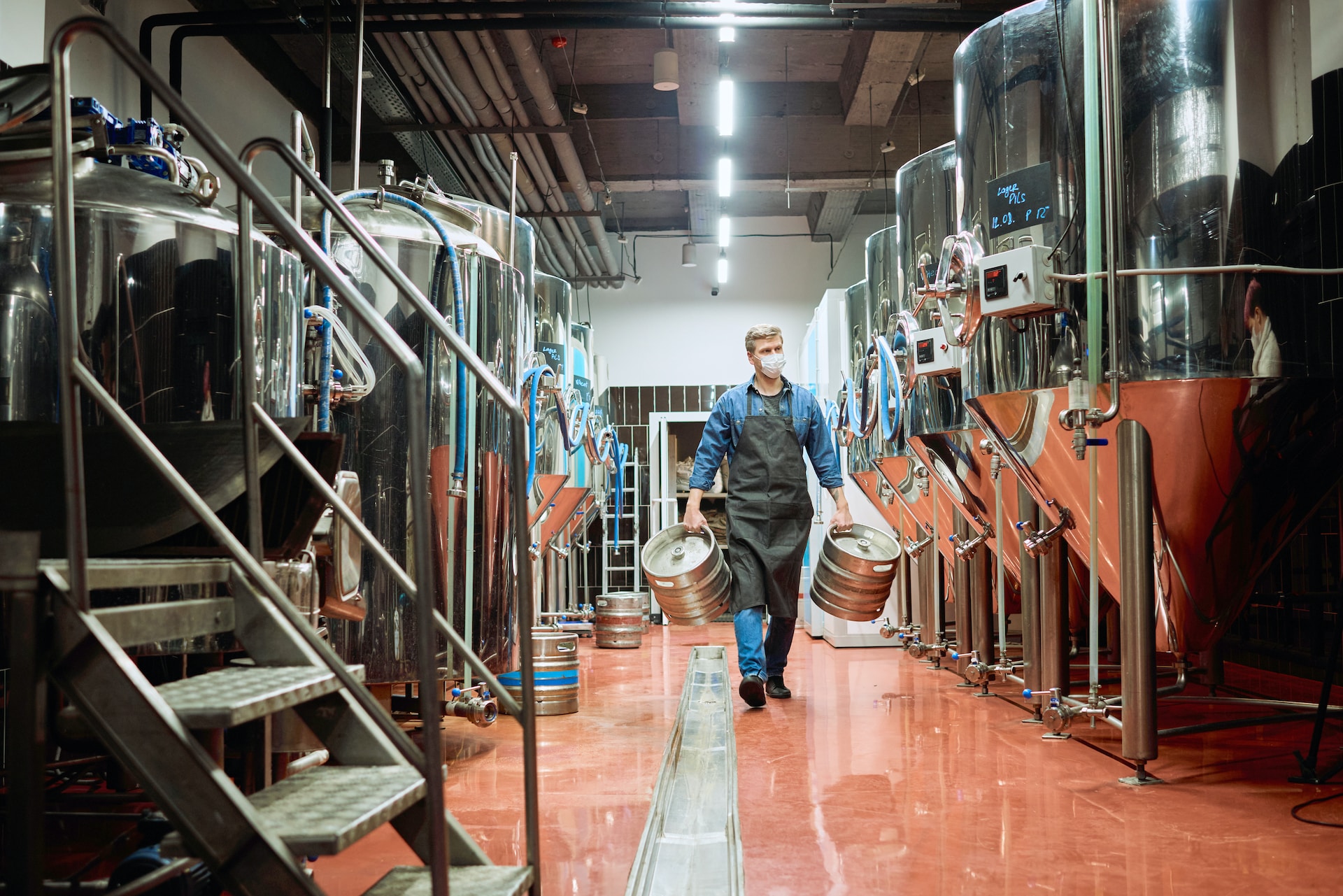
Industrial facilities that use hazardous chemicals often rely on chemical storage tanks to keep these chemicals safe during storage and transportation. These tanks are typically made of materials resistant to corrosion and chemical reactions and designed to prevent leaks and spills. Because manufacturing facilities often use large quantities of chemicals, chemical storage tanks are essential to ensure these chemicals are stored safely and securely. Few people know how they work, so we will discuss the details in this article.
What Are Chemical Storage Tanks?
Chemical storage tanks are designed and manufactured containers to store and transport chemicals. These tanks are built to ensure that the chemicals stored inside are kept safe from any external factors that may compromise their quality or cause harm to people and the environment. Chemical storage tanks come in different shapes and sizes and are made of different materials, depending on the chemicals they hold.
The Uses of Chemical Storage Tanks
Chemical storage tanks are used in various industries, including pharmaceuticals, agriculture, water treatment, and petroleum. Chemicals can be dangerous if not stored and transported properly, so chemical storage tanks are crucial in handling these chemicals safely. These tanks are designed to prevent leaks and spills and are usually made of materials resistant to corrosion and chemical reactions. However, chemical storage tanks can also store gases, dry chemicals, and other hazardous materials.
What Materials Are Chemical Storage Tanks Made Of?
Chemical storage tanks can be made of different materials, depending on the type of chemical they are meant to hold. Some of the most common materials used in the manufacture of chemical storage tanks include:
Polyethylene
Polyethylene is one of the most popular materials used to manufacture chemical storage tanks due to its excellent chemical resistance, strength, and durability. This plastic type is widely known for its ability to resist corrosion and withstand various chemicals, including acids, alkalis, solvents, and other aggressive substances.
Polypropylene
Polypropylene is another commonly used material for chemical storage tanks. It is a thermoplastic polymer known for its excellent resistance to various chemicals, including acids, alkalis, and solvents. Polypropylene tanks are particularly suitable for high-temperature applications, as they can withstand temperatures up to 160°C (320°F). This makes them a popular choice for storing chemicals that require high-temperature resistance, such as hot water, steam, or certain aggressive substances.
Fibreglass
Fibreglass chemical storage tanks are also an excellent option for various applications. Fibreglass, also known as glass-reinforced plastic (GRP) or glass fibre-reinforced plastic (GFRP), is a composite material reinforced by fine glass fibres. This combination of materials results in a lightweight yet strong, corrosion-resistant chemical storage solution.
Stainless Steel
Stainless steel is widely used for chemical storage tanks due to its excellent corrosion resistance, durability, and strength. It is an alloy of iron, chromium, and other elements, which forms a thin, inert oxide layer on the surface. This layer protects the underlying metal from corrosion and makes stainless steel ideal for storing various chemicals, including acids, alkalis, and solvents.
Choosing the Right Chemical Storage Tank
When choosing a chemical storage tank, several factors need to be considered. These include:
Chemical Compatibility
First and foremost, you must choose a storage tank compatible with the type of chemical that will be stored inside. Different chemicals can react with different materials, so choosing a tank resistant to the stored chemical is essential.
Tank Capacity
The size of the tank will depend on the amount of chemical that needs to be stored. Choosing a tank that can hold the required chemicals is vital to ensure spills won’t happen. Otherwise, these chemicals pose a serious risk to people and the environment.
Installation Requirements
Chemical storage tanks need to be installed following local regulations and industry standards. To contain spills or leaks, chemical storage tanks must often be placed within a secondary containment system, such as a concrete or steel bund. The area around the tank should be well-ventilated and have adequate space for safe access and maintenance.
Maintenance Requirements
Most chemical storage tanks require regular maintenance to ensure they function correctly. For this reason, you must choose a chemical storage tank that is easy to maintain and has accessible parts without compromising its quality.
Cost
Above all else, you must get your money’s worth when getting a chemical storage tank. Most chemical storage tanks vary in price depending on the materials used, size, and design, so you must find one that fits your budget while meeting your storage requirements and adhering to safety standards.
Conclusion
Chemical storage tanks are essential in many industries where hazardous chemicals are used because they are crucial in ensuring that these chemicals are stored and transported safely without causing harm. Not all chemical storage tanks are made for the same purpose, so you must choose carefully, especially if you use one for a specific purpose. By selecting the right chemical storage tank, businesses can ensure that their operations run smoothly while protecting their employees.
If you’re looking for chemical tank providers in Australia, ATM Tanks can help you! Our tanks are made with high-quality materials to ensure the safe handling and storage of chemicals. Call us today at 1800-422-444 to request a quote!
- Guide to Hiring Professional Tank Cleaning Services - May 4, 2025
- Steps to Take When Your Tank Needs Repairs - May 4, 2025
- How to Ensure Your Tank is Waterproofed Effectively - May 4, 2025





